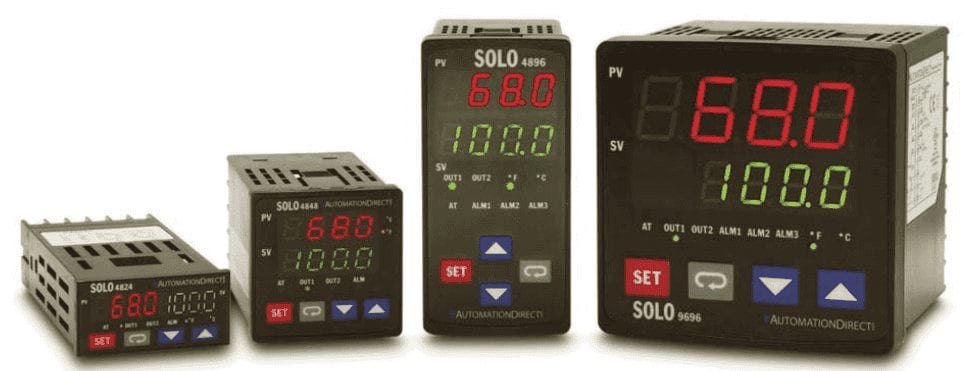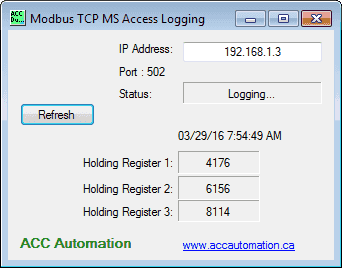Implementing Solo Process Temperature Controller
The SOLO Temperature Controller is a single loop dual output process temperature controller that can control both heating and cooling simultaneously. It is available in 1/32, 1/16, 1/8, and 1/4 DIN panel sizes and is UL, CUL and CE approved. The name of the temperature controller is deceiving. This unit will also accept voltage and … Read more






